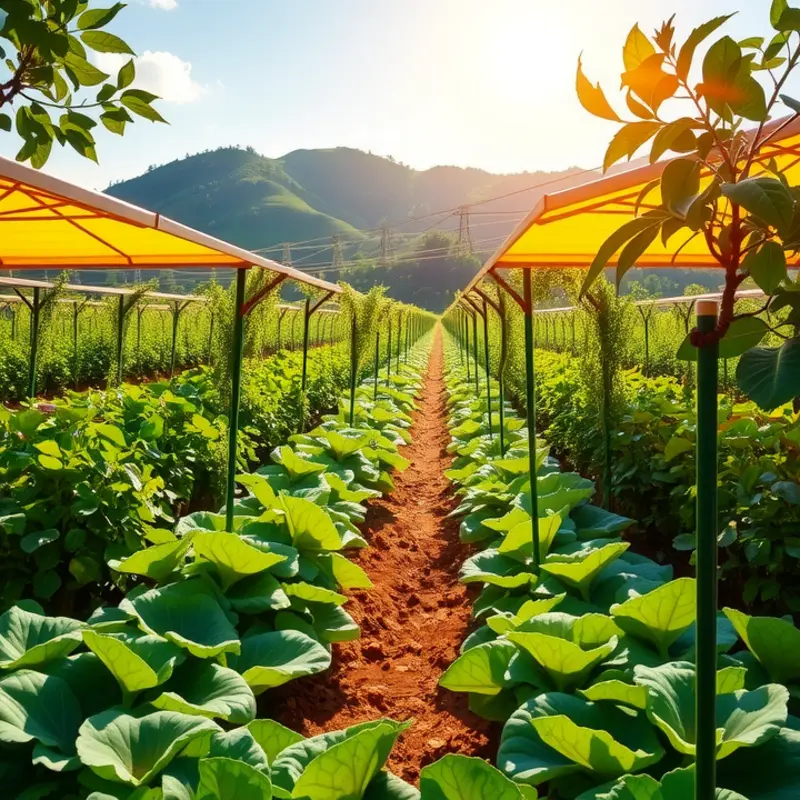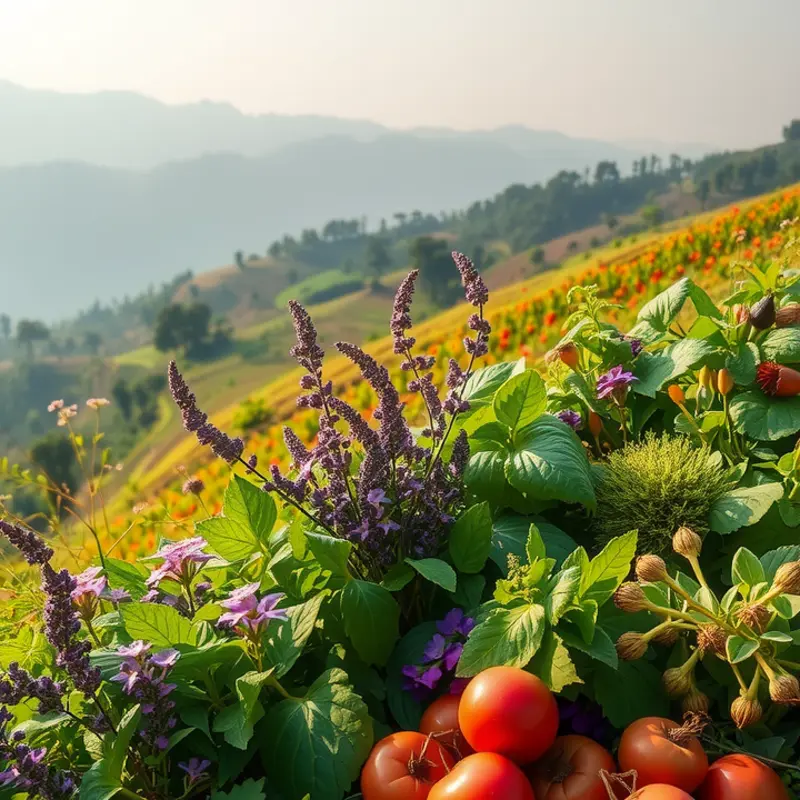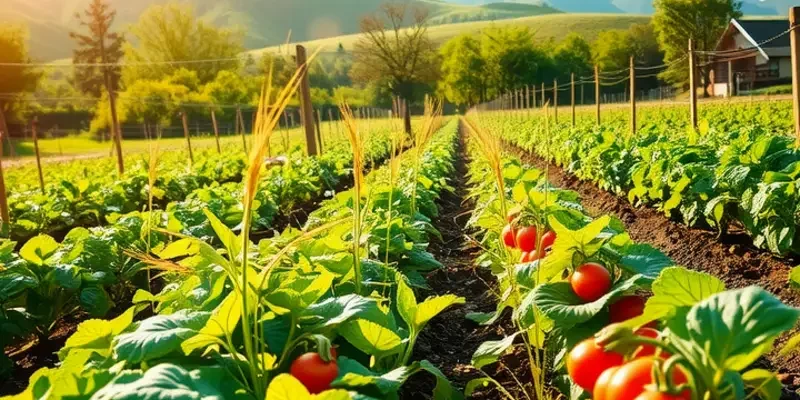Vietnamese culinary culture is a beautiful blend of ancient traditions and regional diversity. With its vibrant colors, bold flavors, and aromatic herbs, Vietnam’s food tells a story of its history, geography, and the people who call it home. From bustling street markets to elegant fine dining, Vietnamese cuisine captivates the senses and invites food enthusiasts on a unique journey through its rich flavors and textures.
The Essence of Vietnamese Ingredients

To truly savor Vietnamese cuisine, one must first understand its remarkable ingredients. At the heart of every dish, fresh herbs play a pivotal role, infusing meals with vibrant colors and refreshing tastes. Mint, basil, cilantro, and lemongrass are cornerstones, each offering unique flavors that complement every component of a meal. This symphony of herbs helps create the signature harmony of Vietnamese cuisine—fresh, fragrant, and full of life.
Rice, another cornerstone, forms the backbone of many Vietnamese dishes. Rice is more than just a staple; it’s a versatile canvas that showcases the country’s culinary ingenuity. Whether steamed as a side dish, rolled into delicate spring rolls, or transformed into noodles, rice’s adaptability is unmatched. The importance of rice is evident in dishes like Pho, where the translucent rice noodles carry the aromatic broth’s essence, and Banh Mi, where rice flour contributes to the baguette’s light texture.
The Vietnamese palate thrives on a delicate balance of flavors—sweet, sour, salty, and bitter. Fishermen’s bounty, such as fresh seafood, meets the pungency of fish sauce, which provides a distinctive salty depth to many dishes. Sour notes often come from lime and tamarind, while sugar adds a touch of sweetness. This balance is pivotal in creating complex flavors that dance on the taste buds, evident in the comforting bowl of Pho with its savory broth and a hint of sweet spices.
Vietnam’s diverse climate and geography greatly influence its ingredient choices. From the verdant deltas of the Mekong to the mountainous north, each region contributes its native produce. The tropical south brims with exotic fruits like dragon fruit and papaya, while the cooler north provides robust vegetables like bamboo shoots. Herbs and spices vary regionally, allowing dishes to reflect the local environment and extending a sensory exploration of Vietnam’s lush landscapes.
Local markets are the lifeblood of Vietnamese food culture. They are bustling centers of commerce where vendors display vibrant rows of produce, seafood, and spices. These markets are not just places to shop; they are venues of cultural exchange, where the essence of Vietnamese life is tangible. One can see the spectrum of fresh ingredients that go into making a single Banh Mi—from the crunchy pickled vegetables to the rich liver pâté, all underpinned by a perfectly baked, crispy baguette.
Ultimately, the beauty of Vietnamese cuisine lies in its simplicity intertwined with complexity—a nuanced dance of flavors made possible by its ingredients. Discovering more about these ingredients can deepen one’s appreciation for the health benefits intertwined in each dish, as discussed in this guide to understanding mindful nutrition. Here, recipes tell stories of history, geography, and culture. As these ingredients are transformed in traditional kitchens, they invite us to explore and savor Vietnam’s rich culinary tapestry.
Dining Traditions: Beyond the Plate

Vietnamese dining traditions are deeply rooted in the culture, extending beyond mere sustenance to embody social connection and cultural identity. Central to this experience is the concept of communal dining, where sharing food becomes a form of communication and bond strengthening. Meals in Vietnam are often served family-style, allowing everyone to partake in a variety of dishes. This practice emphasizes unity and equality among diners, as well as the art of sharing not just food, but experiences and conversations.
In Vietnamese culture, the art of sharing extends to the etiquette observed at the dining table. Elders are respected with the privilege of serving themselves first, and hosts often offer guests the best portions as a sign of hospitality. Chopsticks are an essential tool, and their use is governed by unwritten rules that demonstrate respect and mindfulness toward fellow diners. For instance, it is considered impolite to point chopsticks at someone or to leave them standing upright in a bowl of rice, a gesture reminiscent of incense offerings at funerals.
The settings for these dining experiences vary widely. Street stalls offer a vibrant and bustling backdrop where locals and visitors can savor quick bites amidst the lively atmosphere. These venues capture the essence of Vietnamese street food, where the aroma of grilled meats and simmering broths fills the air. In contrast, family-run restaurants provide a more intimate setting, often imbued with stories passed down through generations. Here, the warm interactions between staff and customers contribute to a welcoming environment that makes everyone feel like part of a community, echoing the familial dining experience at home.
Vietnamese culinary traditions are also closely tied to festivals and holidays, which bring an array of special dishes to the forefront. During Tet, the Vietnamese New Year, families prepare bánh chưng; square sticky rice cakes filled with pork and mung beans, carefully wrapped in banana leaves—a tradition believed to bring prosperity and luck. Similarly, the Mid-Autumn Festival is celebrated with mooncakes—intricately patterned pastries filled with sweet or savory ingredients, symbolizing reunion and the pursuit of happiness.
The foods and rituals distinct to these celebrations reflect the values of gratitude, harmony, and the cyclical nature of life, deeply embedded in Vietnamese philosophy. Exploring these traditions offers a glimpse into the Vietnamese way of life, where food is not only fuel but a medium through which individuals connect with each other, their heritage, and the broader universe.
For those interested in mindful eating aspects observed in Vietnamese cuisine, it might be insightful to explore mindful nutrition when partaking in these rich dining experiences. Understanding the mindfulness behind each meal can enhance appreciation for the delicate balance of flavors and the cultural significance imbued in each dish.
Final words
Vietnamese culinary culture is a breathtaking blend of flavors, colors, and traditions that invites exploration. From the use of fresh ingredients to communal dining practices, every aspect of Vietnamese food is rich with meaning and connection. For food enthusiasts, immersing oneself in this culture is more than just tasting new dishes; it’s about understanding the story behind each ingredient and the people who cherish these flavors. As culinary traditions continue to evolve, they remain a vital part of Vietnam’s identity, promising new experiences with each bite.








